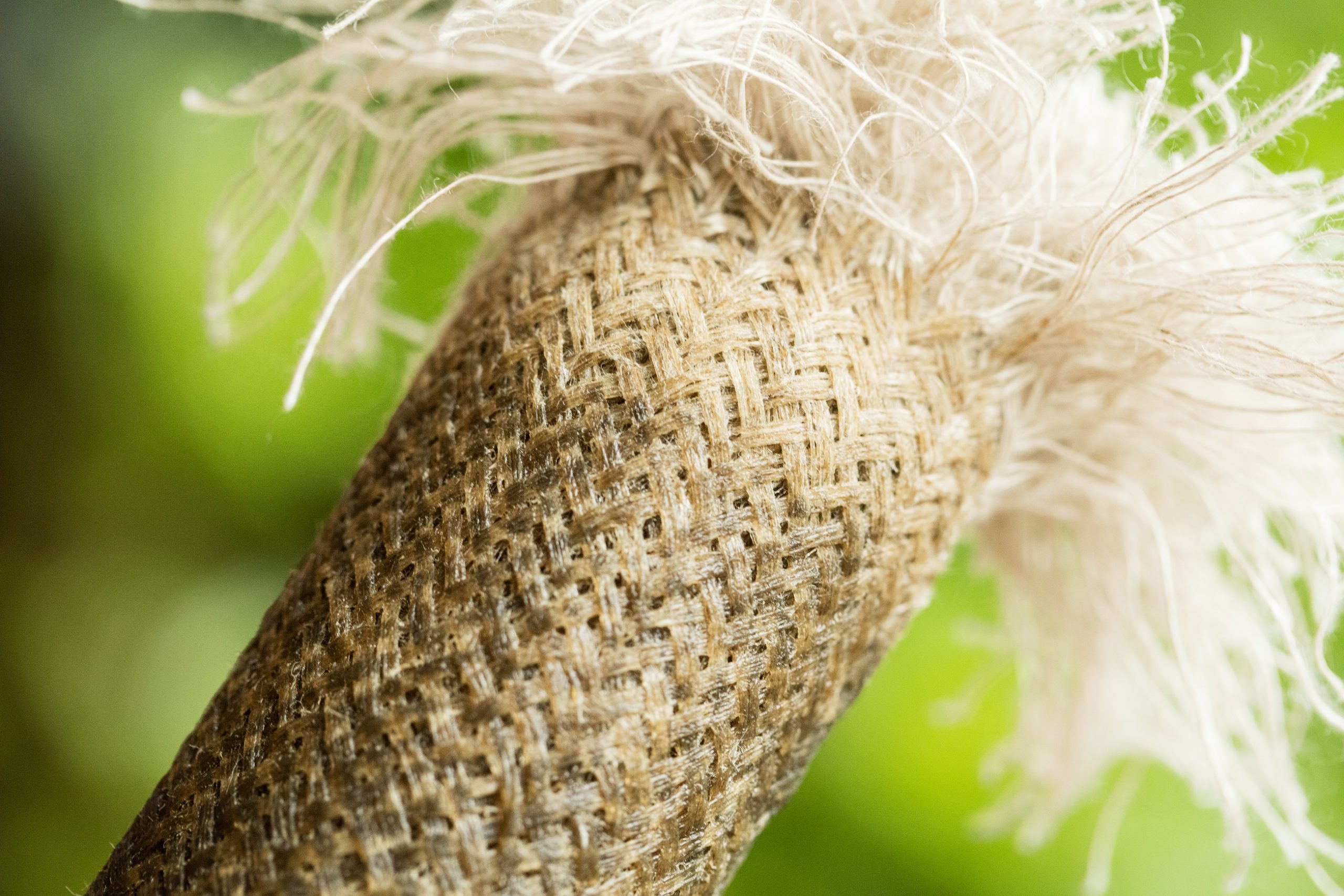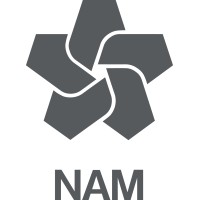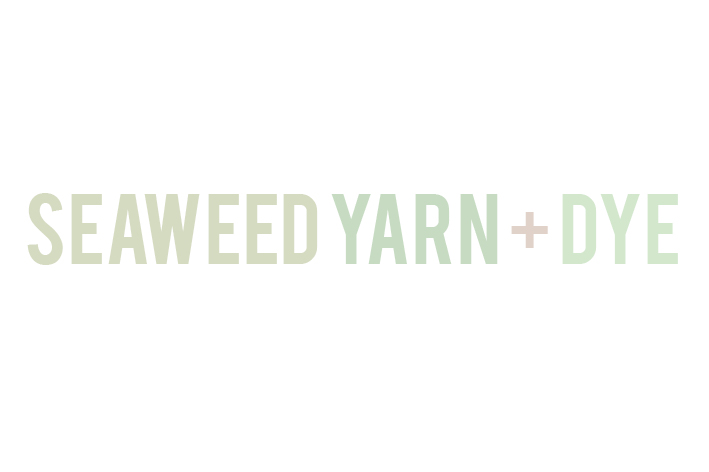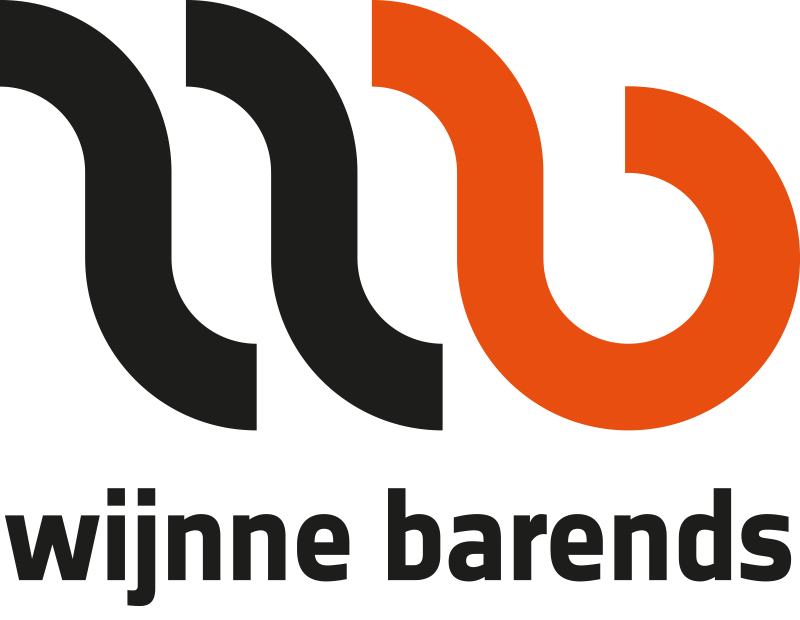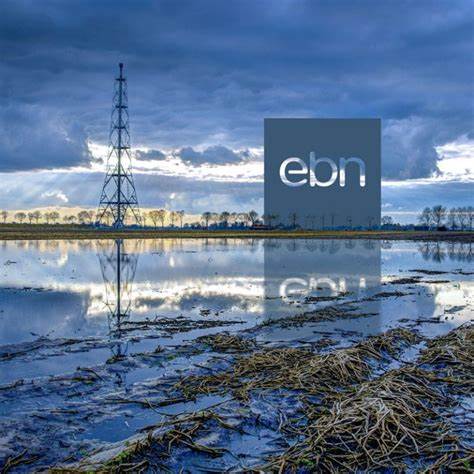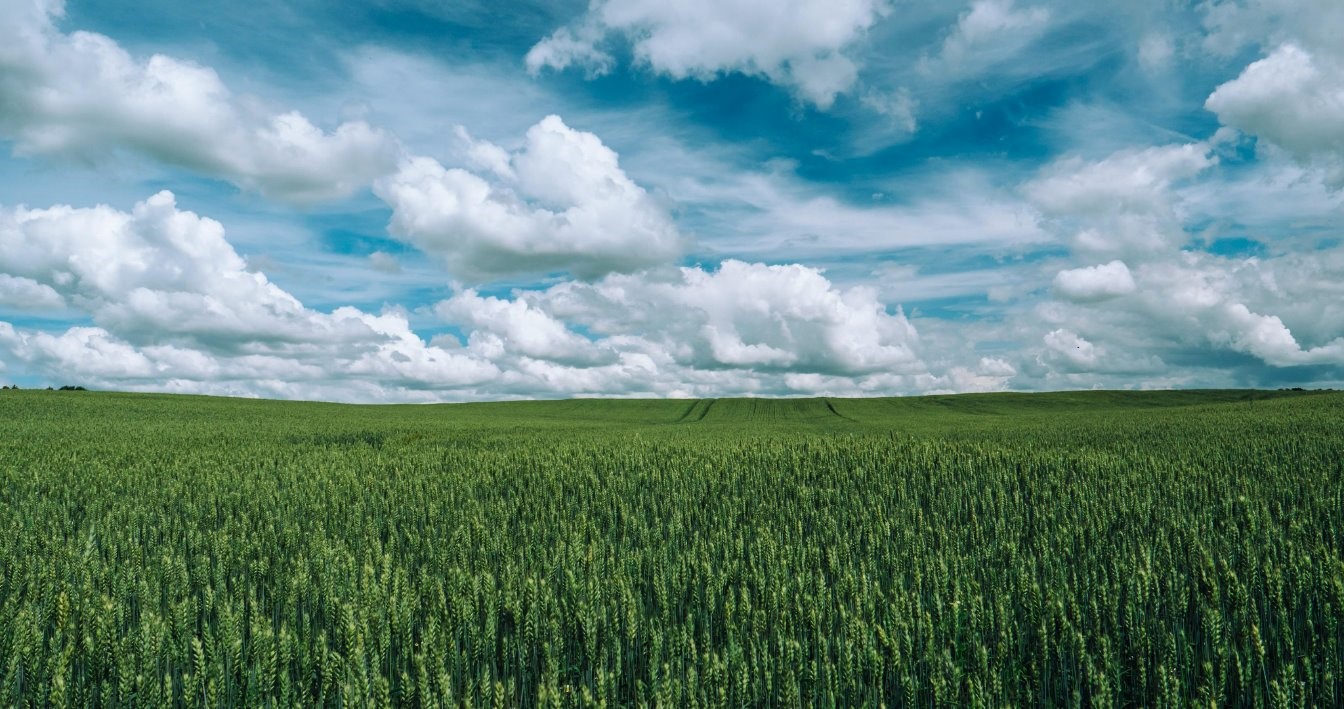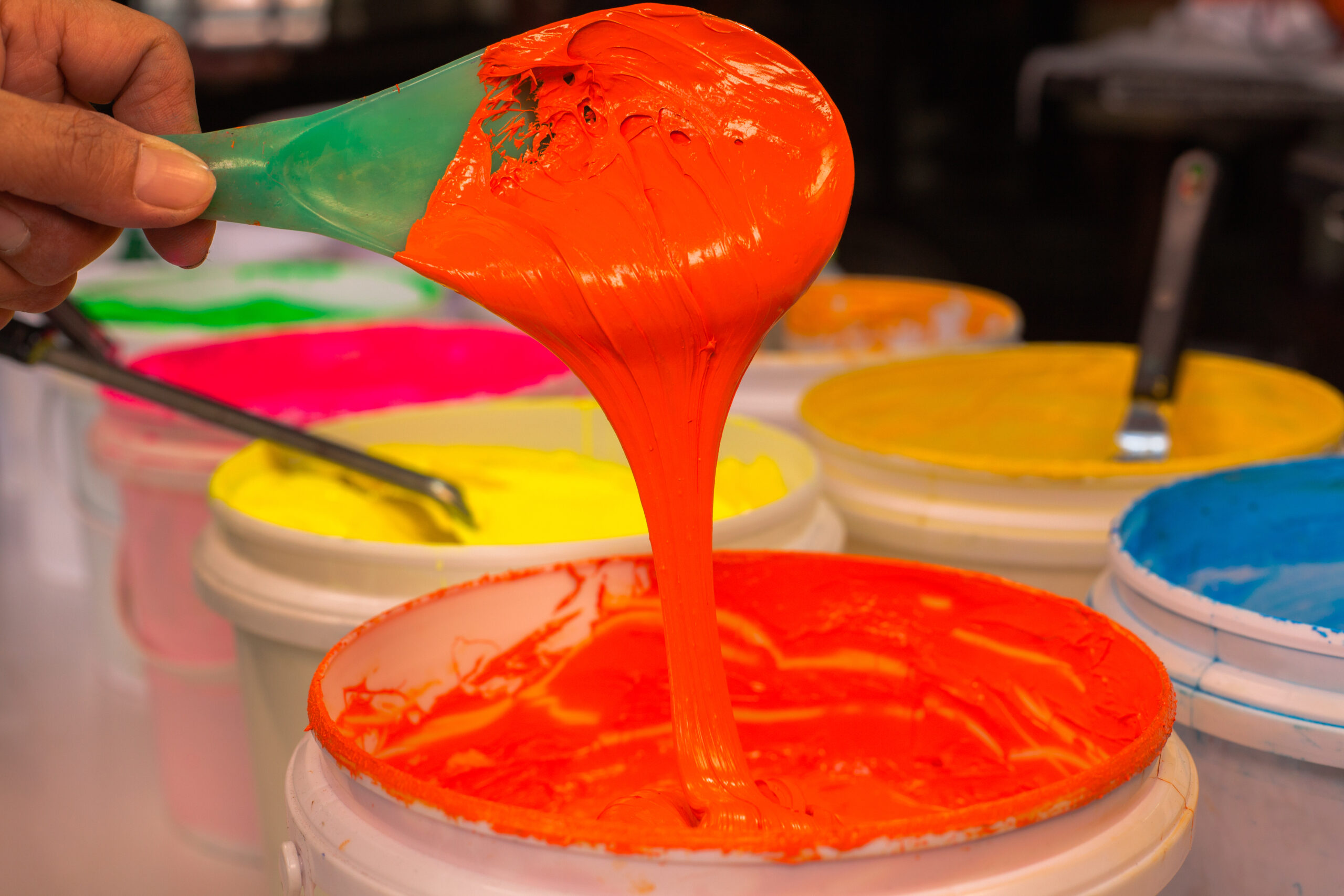The use of vegetable fibers in polymer compositions is especially interesting for construction because natural fibers have good mechanical properties while having little weight. That defines the potential for lightweight structures. The use of renewable raw materials will positively influence the ecosystem and reduce the production costs of construction materials. However, a disadvantage of natural fibers in plastic is the hydrophilic properties.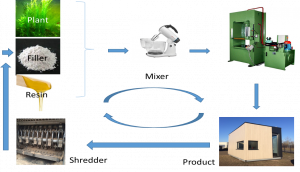 In construction, the materials must have certain conditions, such as resistance to changing weather conditions. In contrast to synthetic fibers, the natural ones are more sensitive to moisture and UV radiation. This can lead to a degradation of these materials and a decrease in the quality of the products. In this project natural fibers impregnated with modified Tanatex products will be used to reinforce thermoset biopolymers of NPSP. The influence of the different Tanatex products on the moisture absorption of the natural / cellulose fibers and the adhesion on the fibers on the main composite matrix will be measured. It is expected that Tanatex products can optimize the binding reaction between the resin and the fibers in the (bio) composite. And will result in improved strength and physical-chemical properties of the bio-composite materials.
In construction, the materials must have certain conditions, such as resistance to changing weather conditions. In contrast to synthetic fibers, the natural ones are more sensitive to moisture and UV radiation. This can lead to a degradation of these materials and a decrease in the quality of the products. In this project natural fibers impregnated with modified Tanatex products will be used to reinforce thermoset biopolymers of NPSP. The influence of the different Tanatex products on the moisture absorption of the natural / cellulose fibers and the adhesion on the fibers on the main composite matrix will be measured. It is expected that Tanatex products can optimize the binding reaction between the resin and the fibers in the (bio) composite. And will result in improved strength and physical-chemical properties of the bio-composite materials.
20190901 until 20200831




